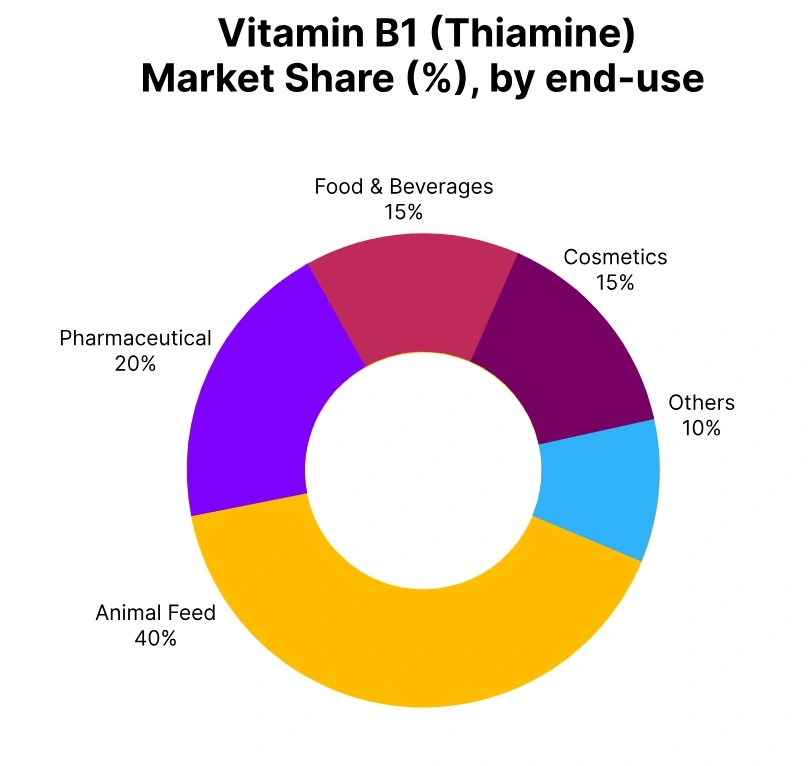Vitamin B1 (Thiamine) Price Trend Q3 2025
The global Vitamin B1 (Thiamine) market during the third quarter of 2025 indicated a mixed but generally stable sentiment, with distinct movement across Mononitrate (Mono) and Hydrochloride (HCl) grades. Prices for Vitamin B1 Mononitrate were impacted by balanced supply, slow purchasing activity in feed, food, and pharma buyer regions, as well competitive domestic offers from China, which led to price shifts of less than 2-4% throughout the quarter.
In contrast, Vitamin B1 Hydrochloride saw modest price movement in September 2025 increasing due to continued firm demand from region’s nutritional supplements, energy formulations, and pharmaceutical applications, combined with slightly increased price variability of 3-5% related to additional tighter supply.
The basic price structure was stable through quarter due to consistent raw material costs, production levels and inventory levels, regardless of regional demand pressure on lower downstream impact of Mononitrate and stronger procurement momentum behind Hydrochloride grade. With the shift of supply patterns, export levels and producer operating rates official, the shift in global Vitamin B1 (Thiamine) pricing is expected to reduce variability through the next quarter and beyond.
China
Vitamin B1 (Thiamine) Export prices FOB Shanghai, China.
In Q3 2025, Vitamin B1 (Thiamine) Mononitrate (Mono) (Purity >99%, Powder) and Vitamin B1 (Thiamine) Hydrochloride (HCl) (Purity >99%, Powder) prices in China experienced a mixed direction as the market balanced steady supply with varying demand trends downstream. The Thiamine Mononitrate price trend in China registered a slight price decline amid stable production rates, adequate inventories, and caution from feed, food, and pharmaceutical buyers in the market, remaining between USD 27,800–28,800 per metric ton.
In contrast, the Thiamine Hydrochloride price trend in China experienced moderate price support due to sustained inquiries from nutritional supplements and pharmaceutical uses, and a tighter availability, moving the price upward to USD 34,500–35,800 per metric ton. Market sentiment for the two degrees diverged, with Mononitrate facing softer demand, while HCl experienced more active procurement and maintained balanced supply. In September 2025, prices for Thiamine Mononitrate and Thiamine Hydrochloride (HCl) changed to -2.63% and +2.94%, respectively, led by differing consumption patterns and supply dynamics, as prices appear to track stability into the next quarter.

